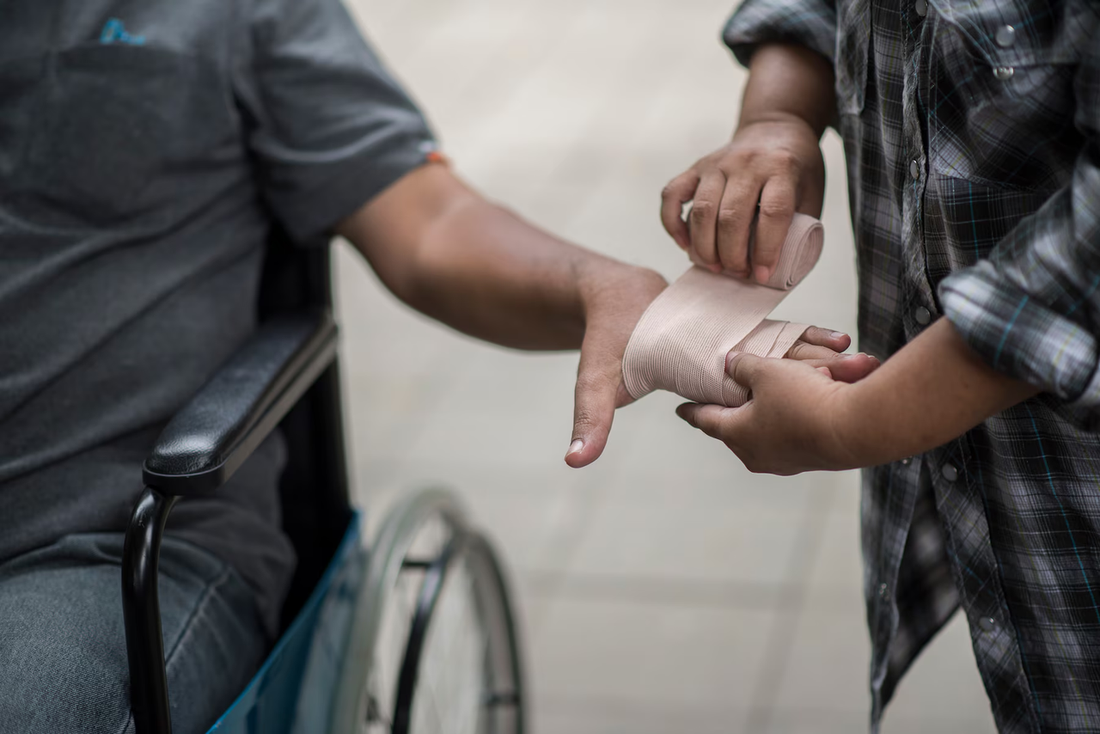Acute pain is a universal experience that serves as an essential warning signal of injury or illness. Unlike chronic pain, which persists over time, acute pain is immediate and intense, prompting individuals to take action to avoid further harm. Understanding the mechanisms behind acute pain can help in managing it effectively and minimizing its impact on daily life.
The Nature of Acute Pain:
Definition and Characteristics:
-
Definition: Acute pain is a sudden onset of discomfort typically lasting less than six months. It is a direct response to a specific injury or illness.
-
Characteristics: Acute pain is sharp, intense, and usually has a clear cause. It can be accompanied by physical symptoms such as swelling, redness, and limited mobility.
Common Causes:
-
Injuries: Cuts, burns, fractures, and sprains are typical sources of acute pain.
-
Surgery: Postoperative pain is a common form of acute pain following surgical procedures.
-
Infections: Conditions like ear infections, strep throat, or appendicitis can cause acute pain.
-
Medical Conditions: Acute episodes of conditions such as kidney stones or gallbladder attacks result in sudden, severe pain.
Mechanisms of Acute Pain:
1. Nociception:
-
Pain Receptors: Nociceptors are specialized nerve endings that detect harmful stimuli. They are activated by thermal, mechanical, or chemical changes resulting from injury.
-
Signal Transmission: Once activated, nociceptors transmit pain signals through peripheral nerves to the spinal cord and brain.
2. Central Processing:
-
Spinal Cord: The pain signals reach the dorsal horn of the spinal cord, where they are processed and transmitted to the brain via ascending pathways.
-
Brain: The thalamus acts as a relay station, directing pain signals to various brain regions, including the somatosensory cortex, which interprets the pain's location and intensity.
3. Pain Perception:
-
Cognitive and Emotional Aspects: The brain's interpretation of pain is influenced by cognitive and emotional factors, including past experiences, anxiety, and attention.
4. Modulation:
-
Endogenous Pain Control: The body has natural pain control mechanisms, such as the release of endorphins and enkephalins, which can inhibit pain signal transmission and reduce perceived pain.
Strategies for Managing Acute Pain:
1. Immediate Interventions:
-
Rest and Protection: Immobilizing the affected area can prevent further injury and facilitate healing.
-
Cold Therapy: Applying ice packs reduces inflammation and numbs the affected area.
-
Compression and Elevation: These techniques help minimize swelling and pain.
2. Medications:
-
Over-the-Counter Analgesics: Medications like acetaminophen and ibuprofen can alleviate mild to moderate acute pain.
-
Prescription Pain Relievers: For more severe pain, doctors may prescribe opioids or other stronger painkillers.
3. Physical Therapies:
-
Manual Therapy: Techniques such as massage and manipulation can relieve pain and improve function.
-
Exercise: Gentle, guided exercises can enhance recovery and reduce pain.
4. Mind-Body Techniques:
-
Relaxation Techniques: Deep breathing, meditation, and progressive muscle relaxation can help manage pain by reducing stress and tension.
-
Distraction: Engaging in enjoyable activities can shift focus away from pain and reduce its perceived intensity.
When to Seek Professional Help:
It is crucial to seek medical advice if acute pain:
-
Is severe and unmanageable with over-the-counter treatments.
-
Persists longer than expected for the type of injury or illness.
-
Is accompanied by symptoms such as fever, unexplained swelling, or neurological changes.
-
Results from a serious injury or trauma.
Proactive Pain Management:
1. Education and Awareness:
-
Stay Informed: Understand the potential causes and treatments for acute pain related to common injuries and conditions.
-
Prepare a Pain Management Plan: Have a plan in place for dealing with acute pain, including access to basic pain relief supplies and knowing when to seek medical help.
2. Self-Care and Recovery:
-
Follow Medical Advice: Adhere to prescribed treatments and follow-up care instructions to promote healing and prevent complications.
-
Healthy Lifestyle: Maintain overall health through proper nutrition, hydration, and regular physical activity to support the body's natural healing processes.




